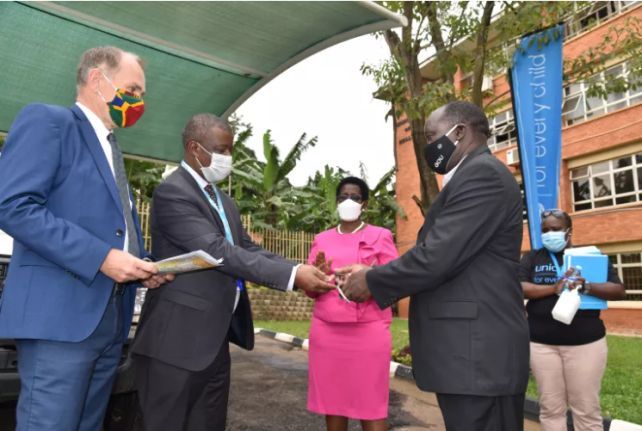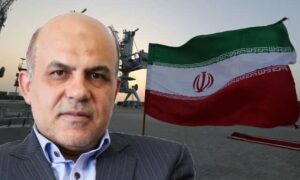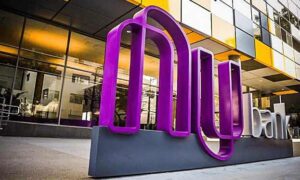The region of West Nile has been grappling with significant infrastructure challenges that hinder its progress and development.
West Nile, nestled in the northwestern part of Uganda, is a region brimming with untapped potential. However, its growth is stifled by its crumbling infrastructure, which encompasses a wide range of sectors including transportation, energy, and water supply.
NUP coordinator Asega Jogo Habib aptly points out, “If there was sufficient power, it would attract people with the money to establish factories, and these factories would employ young people.
Investments is what we need here.” The urgency of addressing this challenge becomes evident when considering the missed deadlines for connecting the West Nile to the national grid and completing crucial substations in the Arua and Nebbi districts.
The local communities suffer from limited access to essential services, impeding their socio-economic advancement.
One of the most pressing infrastructure concerns in West Nile is the inadequate transportation network. The existing road networks are riddled with potholes and lack proper maintenance, making travel arduous and time-consuming.
This not only hampers the movement of goods and services but also impacts the ability of residents to access education, healthcare, and employment opportunities. It is imperative that attention is directed towards improving the road infrastructure to foster regional connectivity and unlock West Nile’s economic potential.
In addition to transportation challenges, West Nile faces significant power shortages. The region’s energy grid struggles to meet the growing demands of its population and industries.
Frequent power outages disrupt daily life and impede productivity, hindering businesses from flourishing. Investing in reliable and sustainable energy sources, such as renewable energy projects, could alleviate this burden and provide a stable power supply for the region.
Water scarcity is another critical issue plaguing West Nile. Many communities lack access to clean and safe water, forcing residents to rely on contaminated sources that pose health risks.
This dire situation exacerbates the prevalence of waterborne diseases and hampers personal hygiene. Constructing reliable water infrastructure, such as boreholes and water treatment plants, is vital to ensure a steady supply of clean water to meet the needs of the population.
The time for action is now. The government, in collaboration with local authorities and international partners, must prioritize infrastructure development in West Nile.
Allocating adequate funds for the rehabilitation and expansion of road networks, investing in renewable energy projects, and implementing water resource management initiatives are crucial steps towards addressing these pressing issues.
Additionally, engaging with the local communities to understand their specific needs and involving them in the decision-making process will foster a sense of ownership and ensure sustainable development.
West Nile’s infrastructure challenges cannot be ignored any longer. By taking decisive action to improve transportation, energy, and water infrastructure, we can create a region that thrives and offers its residents a better quality of life.
Let us join hands and work towards building a brighter future for West Nile and its people, where the potential for growth is fully realized.





















